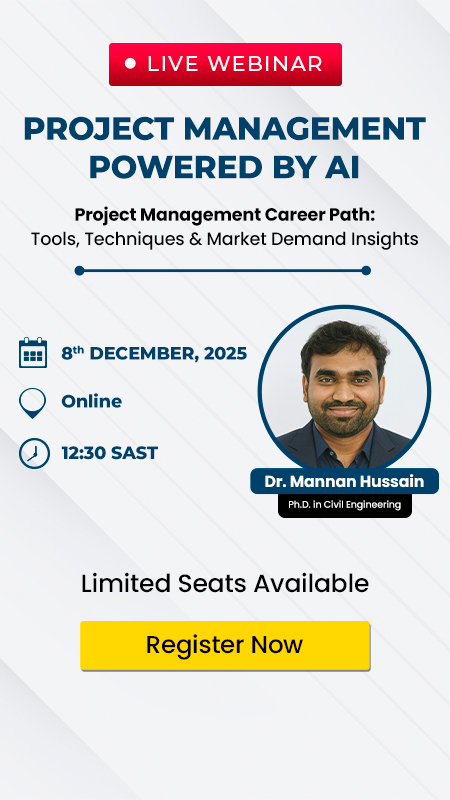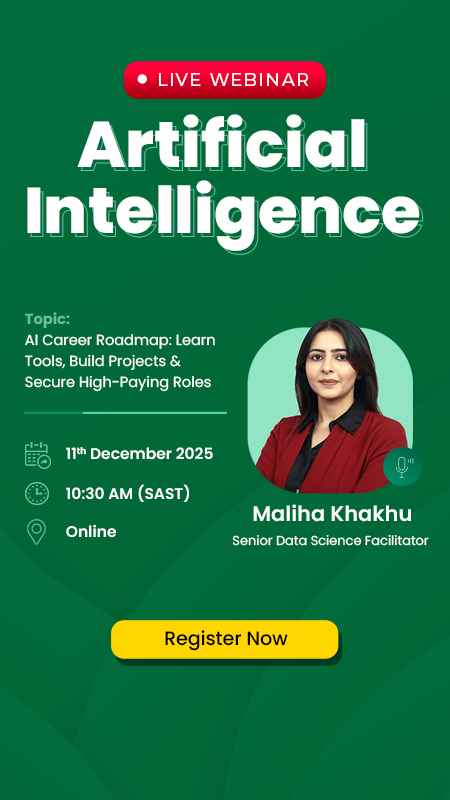Google I/O 2025-26: The 11 Most Exciting AI Updates
Google I/O is the annual developer conference where Google unveils its latest innovations, software updates, and groundbreaking technologies. The 2025-26 edition focused heavily on artificial intelligence, highlighting how AI is transforming productivity, creativity, search, accessibility, and enterprise operations.
These updates aren’t just technical achievements; they’re practical tools that everyday users, developers, and businesses can leverage to work smarter, innovate faster, and make better decisions.
AI is no longer a futuristic concept; it’s now integrated into everyday workflows, helping users generate content, analyse information, and automate repetitive tasks.
From Workspace enhancements to AI-driven analytics in Google Cloud, the updates demonstrate Google’s commitment to making AI accessible, intuitive, and impactful.
In this article, we’ll explore the 11 most exciting AI updates from Google I/O 2025-26, their features, practical uses, and impact on productivity and creativity.
1. Generative AI in Google Docs, Sheets, and Slides
Google Workspace now includes generative AI tools that can automatically draft content, generate charts, or even design presentation slides based on minimal input. This feature allows teams to save hours of manual work while maintaining high-quality output.
For example, a marketing team can generate a monthly performance report in minutes, complete with charts summarising key metrics.
These tools are handy for collaborative work, allowing team members to focus on strategy rather than repetitive tasks. AI can also suggest improvements to language, tone, and formatting.
Key highlights include:
- Smart content generation in Docs and Slides.
- Automated chart creation and data analysis in Sheets.
- AI-assisted brainstorming and idea expansion.
- Real-time summarisation for collaboration.

2. AI-Powered Google Search Enhancements
Google Search now leverages advanced AI to understand the context of queries, providing more precise and personalised results. Users can ask complex questions, compare information across sources, or explore topics interactively.
For instance, a student researching climate change can receive a summary that combines data from scientific articles, news, and reports, rather than manually checking each source. Businesses can also gain insights by quickly analysing competitors or market trends.
Practical applications include:
- Context-aware search results.
- Summarised answers from multiple sources.
- Interactive topic exploration.
- Enhanced multilingual search.
3. Multimodal AI Models
Google introduced AI models capable of processing text, images, and videos together. This means users can generate a picture from a description, add captions to a video, or analyse multimedia content for insights.
A fashion retailer, for example, can upload images of products and automatically generate descriptions for an online catalogue. Educators can combine diagrams and text to create interactive learning materials, while developers can build apps that simultaneously understand multiple input types.
Multimodal AI allows:
- Text-to-image and video generation.
- Cross-modal search and retrieval.
- Improved accessibility for users with disabilities.
- Smarter content analysis for insights.
Read about the 8 Benefits of Machine Learning.
4. AI-Powered Gmail Smart Compose
Gmail’s Smart Compose has been enhanced with AI that predicts complete sentences, suggests summarised replies, and recommends tone adjustments. Professionals can draft emails faster and maintain consistent communication.
For instance, customer support teams can leverage AI-generated suggestions to respond to repetitive queries, thereby reducing response times and enhancing customer satisfaction. Freelancers and remote teams benefit from AI guidance to maintain clarity and professionalism in communications.
Key benefits include:
- Predictive sentence completion.
- Tone and style recommendations.
- Summarisation of long email threads.
- Faster email composition and workflow.
5. AI for Google Calendar Scheduling
AI now analyses participants’ schedules, priorities, and past patterns to suggest optimal meeting times. This reduces scheduling conflicts and ensures efficient use of time.
For instance, a project manager coordinating multiple teams across different time zones can utilise AI to propose optimal meeting slots and determine whether calls should be virtual or in-person. Integration with Google Meet enables AI to suggest optimal meeting durations and formats.
Features include:
- Smart meeting suggestions.
- Conflict resolution based on priorities.
- Integration with video conferencing.
- Calendar analytics and insights.
Know more about What Is TensorFlow?
6. AI-Enhanced Google Maps
Maps now predict traffic, suggest alternative routes, and provide context-aware recommendations. Delivery companies can optimise routes to save fuel and reduce delays, while travellers can plan trips efficiently.
Businesses also benefit by analysing location trends and improving logistics. Tourists can discover local attractions, restaurants, and services customised to their preferences.
Key highlights:
- Real-time traffic predictions.
- AI-driven route optimisation.
- Contextual local recommendations.
- Accessibility support for mobility-impaired users.
7. AI-Driven Accessibility Tools
Google introduced AI-powered features like live captions, automatic sign language interpretation, and image descriptions. These updates empower users with disabilities to access content seamlessly.
Schools can leverage AI to develop accessible learning materials, while companies can ensure their digital content is inclusive. Video conferences now provide real-time captions, improving communication across teams.
Practical applications include:
- Live captioning in video calls.
- Automatic sign language translation.
- Image and video descriptions.
- Accessibility integration across apps.

8. AI-Generated Code Suggestions
Developers now benefit from AI tools that suggest code snippets, debug errors, and provide optimisation tips in real-time. This accelerates development and reduces mistakes.
For instance, a software engineer building a website can receive AI-generated code blocks, while a data scientist can optimise machine learning scripts efficiently. Beginners can also learn coding best practices by observing AI suggestions.
Key benefits include:
- Real-time code generation.
- Debugging and optimisation tips.
- Support for multiple languages.
- Faster development and prototyping.
Explore details on 7 Transformative New Trends in Artificial Intelligence in 2025.
9. AI Chat Assistants in Google Products
AI assistants are now embedded across Google apps, capable of summarising documents, answering questions, and providing recommendations. This reduces manual search and speeds up decision-making.
Teams can use assistants to summarise meeting notes or draft project plans. Students can get explanations for complex topics, while businesses can streamline customer support using AI-driven insights.
Key uses include:
- Summarising documents and emails.
- Answering context-based questions.
- Workflow recommendations.
- Seamless Workspace integration.
10. AI Security Enhancements
Google implemented AI to detect phishing, malware, and unusual account activity in real-time. This protects sensitive information and digital interactions.
Businesses gain an extra layer of security, while users can protect themselves from fraud and identity theft. AI also alerts administrators about suspicious behaviour, reducing the risk of large-scale breaches.
Key features include:
- Real-time threat detection.
- Anomaly alerts for accounts.
- Enhanced security in Workspace.
- Integration with Cloud protection tools.
11. AI for Google Lens
Google Lens now identifies objects, extracts text, and provides actionable insights from images. Users can shop smarter, learn faster, and save time extracting data.
Students can digitise notes, researchers can analyse diagrams, and shoppers can compare products instantly. Integration with Google Search enhances accuracy and usability.
Key features:
- Text recognition and extraction.
- Object identification with context.
- Shopping and learning assistance.
- Search integration.
Practical Table: AI Updates by Category
The table below summarises the 11 AI updates from Google I/O 2025-26, grouped by category to show their primary benefits and applications.
|
Category |
Updates Included |
Primary Benefit |
|
Productivity |
Docs, Sheets, Slides, Gmail, Calendar |
Saves time, automates tasks |
|
Creativity |
Photos, Slides, Generative AI |
Enhances creative output |
|
Search & Knowledge |
Google Search, Lens, Translate |
Faster insights, contextual results |
|
Accessibility |
Live Captions, Sign Language, Visual Descriptions |
Inclusive tech for all users |
|
Security |
AI Threat Detection |
Protects accounts and data |
These categories enable users to identify updates relevant to their needs quickly.
Implications for Businesses and Developers
The AI updates from Google I/O 2025-26 provide tangible benefits for businesses and developers. Productivity enhancements reduce repetitive work, AI assistants accelerate workflows, and enterprise AI models support innovation and better decision-making.
Startups can leverage these tools without heavy investment, while large companies can optimise operations and enhance customer experiences. Accessibility improvements make products usable by a wider audience, and AI-driven insights help guide strategy.
Early adoption of these technologies ensures businesses stay competitive and developers can create smarter, more innovative applications.

Conclusion
Google I/O 2025-26 highlighted AI as a key driver of innovation, efficiency, and inclusivity. Updates across Workspace, Maps, Search, Lens, and Cloud demonstrate practical applications that enhance productivity, creativity, and accessibility.
By integrating AI into everyday tools, Google demonstrates how technology can simplify complex tasks, enhance creative output, and make smarter decisions. Early adopters, developers, and businesses who learn and implement these tools gain a competitive edge.
For individuals seeking to stay ahead, the Artificial Intelligence Certificate Course by Digital Regenesys offers an opportunity to learn about the latest developments in AI.
The course provides hands-on experience with practical applications, enabling learners to understand and effectively implement AI innovations in real-world projects.
Visit Digital Regenesys to explore our courses and gain hands-on experience with these AI innovations.
Google I/O 2025-26: The 11 Most Exciting AI Updates – FAQs
Do I need technical knowledge to understand Google I/O AI updates?
No, the updates are explained clearly, and many tools are ready for general use.
Can businesses implement these AI updates immediately?
Yes, many updates are integrated into Google Workspace and Cloud products.
Are these AI updates available globally?
Most updates are rolled out internationally, although some may be region-specific initially.
How can developers start using these AI tools?
Access APIs, SDKs, and integration guides from Google Cloud and Workspace.
Will these updates impact everyday users?
Yes, features like AI search, Lens, and intelligent assistants improve daily productivity and accessibility.













